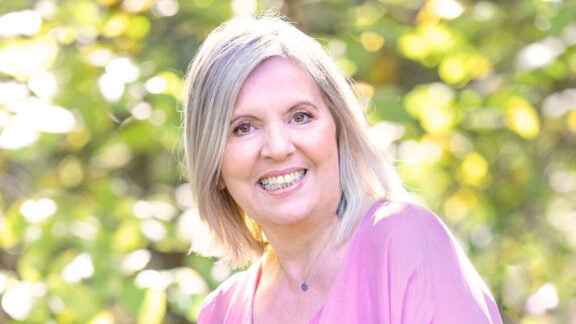I was interested this week in a Financial Wellbeing survey, which focused on the gap between the size of superannuation, and what was actually needed for retirement.
Just 23 per cent of Australians are confident their super will fund a decent retirement.
When it comes to superannuation, there are distinct phases: people in their teens and twenties don’t care; people in their thirties and forties do care but they’re are focused on career, mortgage and kids; and people in their fifties and sixties are panicking about retirement.
Let’s start with the first group. Those new to the work force don’t think about retirement but their decisions now have ramifications forty years later.
The law says your employer has to put 9 per cent of your wages into a complying super fund, so you start with the advantage of a developing nest egg with tax breaks. You owe it to yourself to shop around the funds and see what they offer.
Secondly, I suggest you roll any super accounts your might have from previous employers into one super account.
You should also put some extra super in each month and select which accounts your super goes into. Your super fund has various allocations, such as conservative, balanced, growth, international, property and so-on.
When you are young you should have your super in funds that ride the more volatile yet higher-yield shares-based funds. It gives you the best chance of having a large nest egg when you retire.
Then we have people in their thirties and forties. This is a difficult group to interest in superannuation because all of their earnings are going into mortgages and/or kids. But these are also peak earning years so income should be put away to be accessed later.
In these years you should start with owning your own home.
Secondly, you should be contributing more to your superannuation than the 9 per cent your employer puts in. Fifteen per cent of earnings is a good target.
And don’t forget to protect your earning power with life insurance, income protection insurance and total & permanent disability (TPD) insurance.
With the complex interactions between tax, retirement savings and tax breaks, you can easily lose advantages that the law provides, so I suggest you get an adviser.
The third life stage – people in their fifties and sixties – is the most complex because a certain amount of life has been lived and retirement is drawing closer.
Start by knowing how much you’ll need to live on.
Secondly, work on owning your home: either do this in your working years or use your superannuation to pay-out the mortgage.
Thirdly, you must get the most from super, especially if own a business or you have a self-managed super fund.
Superannuation is designed to allow you to be a self-funded retiree. But you have to make it work to your advantage, and for most of us, that means taking advice.
* Mark Bouris is the Executive Chairman of Yellow Brick Road, a financial services company offering home loans, financial planning, accounting & tax and insurance. Email Mark on mark.neos@ybr.com.auwith any queries you may have or check www.ybr.com.au for your nearest branch.
Advertisement









